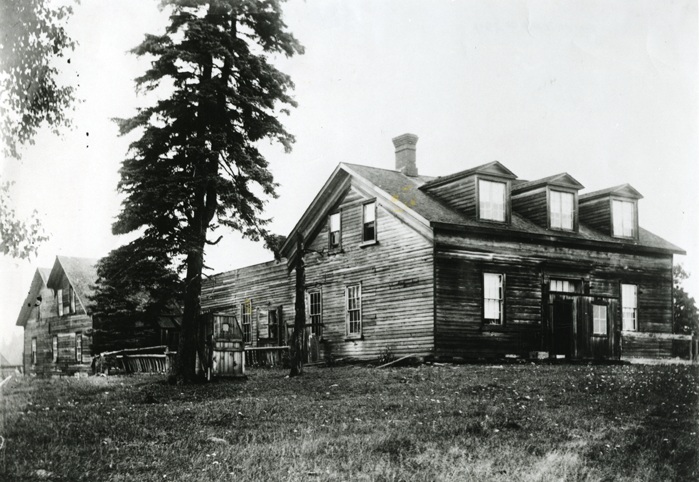
From the Sault Ste. Marie Public Library archive:
Have you ever wondered about the grave on the island in Bellevue Park?
This grave belongs to John Prince, one of Sault Ste. Marie’s most colourful individuals in our city’s history.
Prince was born in Hereford England on March 12, 1796.
He began studying law in 1815 and in 1821 began his practice at Westerham in Kent.
On June 17, 1823, he married Mary Ann Millington at St. George’s Bloomsbury.
They emigrated from England and on September 5, 1833, John Prince purchased land on the Detroit River near the town of Sandwich, in what was Western Upper Canada.
Soon after his arrival in Upper Canada he took on the role of representing Essex in the legislative assembly in 1836-1840 and again from 1841–1854.
As tensions escalated in both Upper and Lower Canada in 1837, Colonel John Prince had a leading role in suppressing the McKenzie Rebellion of 1837.
While leading the Third Essex Militia in 1838 the actions taken to repel a group of American invaders near his town of Sandwich who sympathized with the rebellion caused a great deal of controversy.
He had five prisoners shot without the benefit of a trial!
The matter was presented to the Home Office in England and the Duke of Wellington addressed the House of Lords in his defense.
Instead of a more severe punishment, his personal friend, Prime Minister of England and Duke of Wellington requested that Prince be appointed Judge of Algoma in 1860.
He received a grant of land and built a large home east of the settlement of Sault Ste. Marie which he called 'Bellevue' located on what we now know as Bellevue Park.
Though he may have taken the appointment, he was not pleased with his ‘exile to Algoma’.
His diary entries indicate frustration with living in Sault Ste. Marie particularly complaining about the winters here.
His comments from an entry dated December 14, 1865 clearly reiterate this sentiment.
“Such severe weather I have never experienced even in this ‘New Siberia’ or in any other part of this dreadful Canada! …Oh what time is lost in this dreadful place merely in keeping your property & things together! It is a miserable place & country, & tis impossible to do any good in it.”
Though he may not have enjoyed his post he still continued in it until his death on November 30, 1870.
While he was visiting Toronto in October of 1870, the Prime Minister and Minister of Justice John A. MacDonald both encouraged the weakening John Prince to take a year’s absence.
They were however already planning on replacing him, so his death during the following month, spared him the humiliation of being removed from his post.
While never proven, rumours circulated that he was actually a natural son of King George IV.
When questioned, his housekeeper, Mrs. Buchanan, claimed that she had never heard of any royal blood connection.
She did however claim that the British government had chartered a vessel to bring John Prince to Canada and that the colonel and his widow received money at regular intervals from the British government.
So, did we have royalty living in Sault Ste. Marie in the late 1800’s or not?
Find out more of what the Public Library has to offer at www.ssmpl.ca and look for more Remember This? columns here.